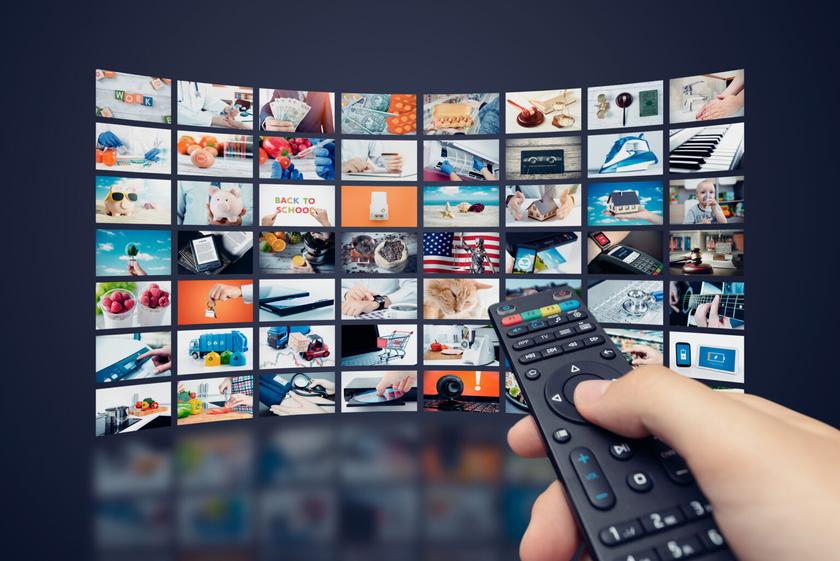It’s Time To Tear Down The Ad Silos
ABC-owned TV stations, NBCUniversal, Nexstar Media Group, Sinclair Broadcast Group and Hearst Television are among the major station groups that are adopting an impressions-based ad sales model

I don’t recall ever having to swim upstream, but in my younger days I was on my fair share of canoe floats and witnessed firsthand just how powerful the current of a river can be.
So. I understand why TV broadcasters do not want to swim upstream against the current in the world of advertising.
Significant growth in digital ad spending last year despite a pullback elsewhere may be reason enough for broadcasters to devote more effort to digital. An eMarketer Insider Intelligence report notes that despite “sharp declines in 2020” in television ad spending, “U.S. advertisers increased their spending on digital ads last year by almost 15%...”
ABC-owned TV stations, NBCUniversal, Nexstar Media Group, Sinclair Broadcast Group and Hearst Television are among the major station groups that have or said they are in the process of adopting an impressions-based ad sales model—the very bread and butter of digital advertising. In June, Katz Television Group, which represents more than 800 TV stations in 210 DMAs, announced its support for industry-wide adoption of impression-based selling and buying for local broadcast TV.
Layer on the growing adoption of NextGen TV with ATSC 3.0’s support for personalized and targeted advertising, and it’s clear big changes are needed in how ads are sold, booked, scheduled, managed and played out. It’s also evident those changes will revolve around technology and workflow on the one hand and people on the other.
Technology and workflow: Broadcasters embracing this transition will soon find there is little room for disparate, siloed ad workflows. Nor will maintaining separate ad-tech systems—one for linear television and the other for digital—remain feasible.
Failing to unify digital and linear workflows will result in costly operational inefficiencies, redundant processes and, in the end, intolerable inflexibility.
Personnel: For local TV broadcasters and station groups to take full advantage of their platform portfolio—TV stations, zoned TV coverage for certain 3.0 stations, radio and digital—their sales people must be equipped to succeed.
That will likely require significant retaining of the station’s salesforce. Just as on the tech and workflow side where there this no more room for silos, broadcasters will find siloing sales—with some salespeople dedicated to the linear product and others to digital, or, worse yet, farmed out to a third-party sales organization—will be inefficient and create lost sales.
The television industry has a long history of change. Black-and-white made room for color, which gave way to digital and HDTV. Now, 4K with HDR is here. Film and its associated workflows gave way to videotape and ultimately digital media. NTSC gave way to DTV, which will likely be replaced by ATSC 3.0.
Now the tectonic change is focused on the cash register. If broadcasters follow past form, here too they ultimately will succeed in making this fundamental transition because to do otherwise amounts to swimming upstream against a current that grows stronger with each passing mile.
Get the TV Tech Newsletter
The professional video industry's #1 source for news, trends and product and tech information. Sign up below.
Phil Kurz is a contributing editor to TV Tech. He has written about TV and video technology for more than 30 years and served as editor of three leading industry magazines. He earned a Bachelor of Journalism and a Master’s Degree in Journalism from the University of Missouri-Columbia School of Journalism.












